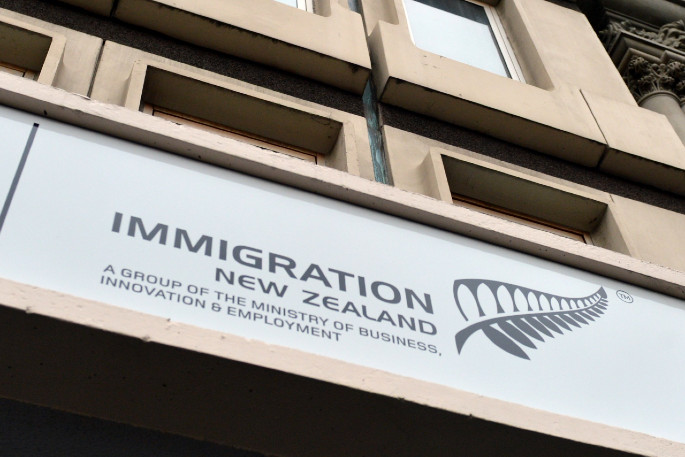This Content Is Only For Subscribers
Further updates have been made to Immigration New Zealand’s (INZ) framework.
These updates introduce a series of new responsibilities for employers and higher thresholds for worker qualifications, skills, language proficiency, and working hours.
Here’s what it means for employers and workers.
Stricter Responsibilities for Employers
Under the new regulations, employers must now undertake additional steps to ensure that migrant workers possess the necessary skills and qualifications. This involves verifying that potential employees meet both the job-specific requirements and the new minimum skill criteria before extending job offers. The obligation extends to all Job Check applications, with employers needing to confirm that no suitable New Zealand candidates are available before proceeding with overseas hires.
Employers will also need to guarantee that migrant workers are employed for a minimum of 30 hours per week. Failure to comply with this condition may result in the recall of their accreditation. In addition, any employer actively investigated for breaches of accreditation requirements risks suspension of their accreditation, reflecting the government’s intent to uphold strict compliance.
Another new requirement outlines that employers inform INZ within ten working days if a worker on an AEWV leaves their job at least a month before their visa expires. This aims to maintain up-to-date employment records and maintain accountability.
Higher Standards for Workers
For new AEWV applicants, there are now higher benchmarks for work experience and qualifications. Workers in roles classified as ANZSCO skill level 4 and 5 must demonstrate a minimum of three years’ relevant work experience or possess a relevant qualification at level 4 or above on the New Zealand Qualifications and Credentials Framework (NZQCF). Additionally, these applicants must meet a new standard of English proficiency.
The changes also introduce a shorter maximum visa length and stay period for certain jobs. Workers in ANZSCO level 4 and 5 roles paying at or above the required wage rate will now receive visas valid for up to two years, with the possibility of extending for one more year after a new Job Check. The total continuous stay is capped at three years, after which workers must leave New Zealand for a specified period, typically 12 months, before reapplying for another AEWV.
Impact on Various Sectors
The modifications also affect specific sectors and roles. For instance, secondary school teachers have been added to the Green List’s Straight to Residence pathway, allowing eligible overseas teachers to apply for residence from outside New Zealand if they secure a job offer from an accredited employer. This change, effective May 1, 2024, simplifies the process for qualified teachers to gain residency without the previous two-year in-country work requirement.
New tools have also been provided to INZ to address lower-level immigration non-compliance by employers. These tools will enable the issuance of infringement notices to employers found employing individuals unlawfully or failing to comply with information requests, reinforcing the overall integrity of the system.
For more detailed information on these changes, employers and potential visa applicants are encouraged to visit the Immigration New Zealand website.



